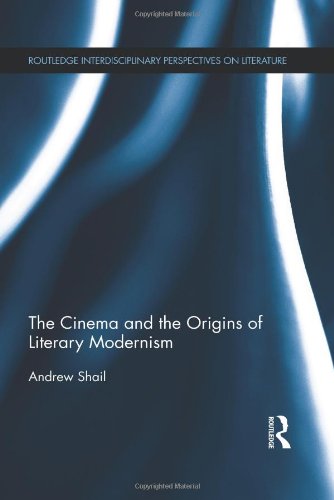

Most ebook files are in PDF format, so you can easily read them using various software such as Foxit Reader or directly on the Google Chrome browser.
Some ebook files are released by publishers in other formats such as .awz, .mobi, .epub, .fb2, etc. You may need to install specific software to read these formats on mobile/PC, such as Calibre.
Please read the tutorial at this link: https://ebookbell.com/faq
We offer FREE conversion to the popular formats you request; however, this may take some time. Therefore, right after payment, please email us, and we will try to provide the service as quickly as possible.
For some exceptional file formats or broken links (if any), please refrain from opening any disputes. Instead, email us first, and we will try to assist within a maximum of 6 hours.
EbookBell Team

5.0
80 reviewsModernist writing has always been linked with cinema. The recent renaissance in early British film studies has allowed cinema to emerge as a major historical context for literary practice. Treating cinema as a historical rather than an aesthetic influence, this book analyzes the role of early British film culture in literature, thus providing the first account of cinema as a cause for modernism.
Shail’s study draws on little-known sources to create a detailed picture of cinema following its ‘second birth’ as both institution and medium. The book presents a comprehensive account of how UK-based modernism originated as a consequence of―rather than a conscious aesthetic response to―this new component of the cultural landscape. Film’s new accounts of language, endeavor, time, collectivity and political change are first considered, then related to the patterns that comprised modernist texts. Authors discussed include Ford Madox Ford, Joseph Conrad, Wyndham Lewis, Ezra Pound, H.D., James Joyce, Virginia Woolf and Dorothy Richardson.